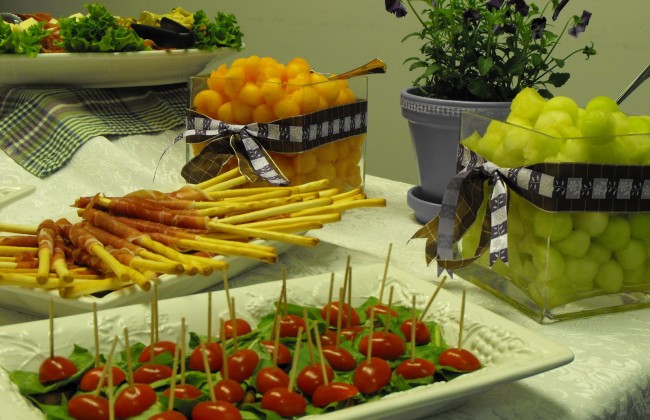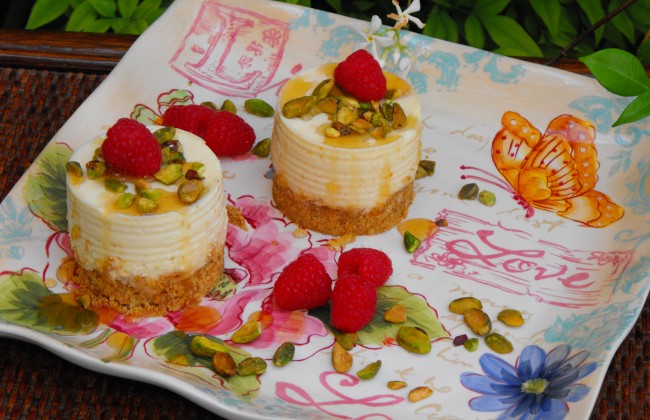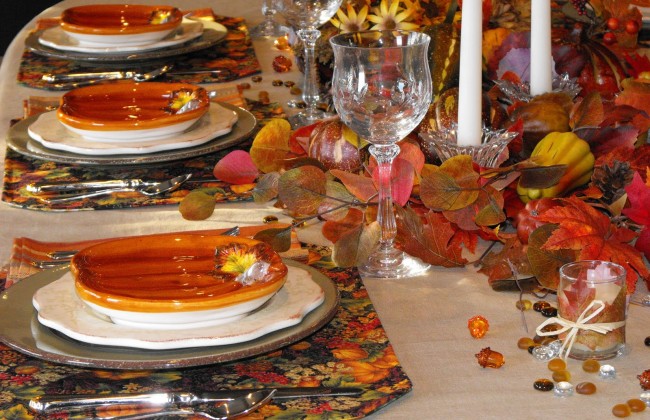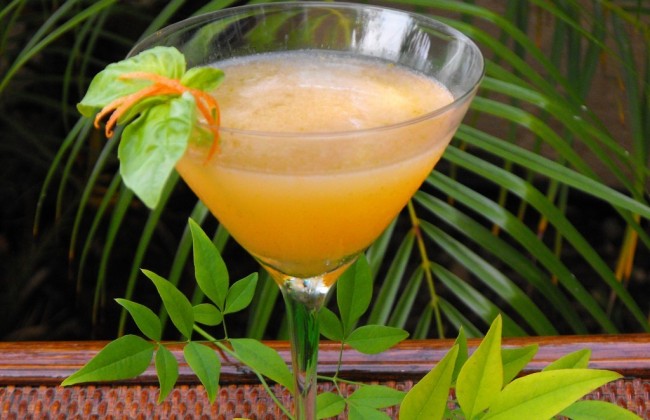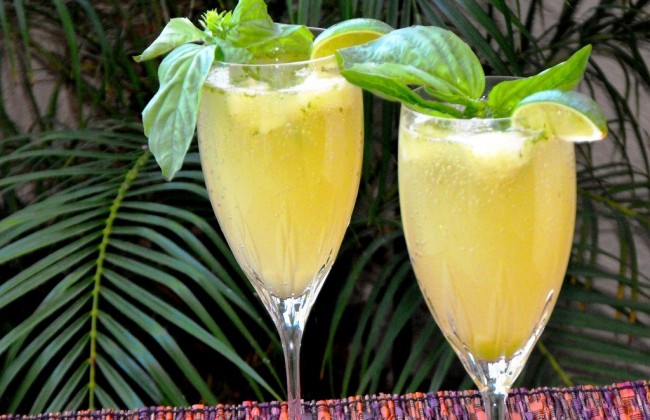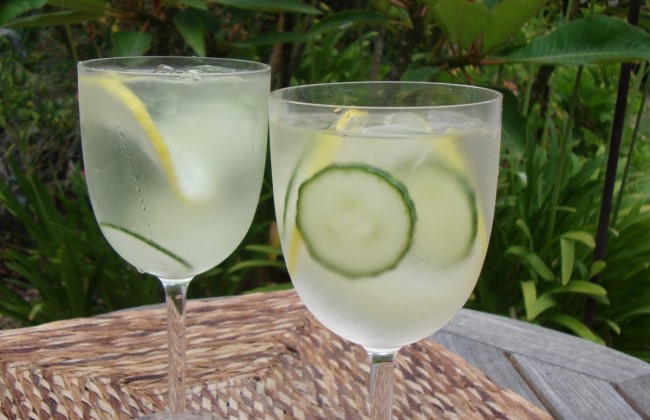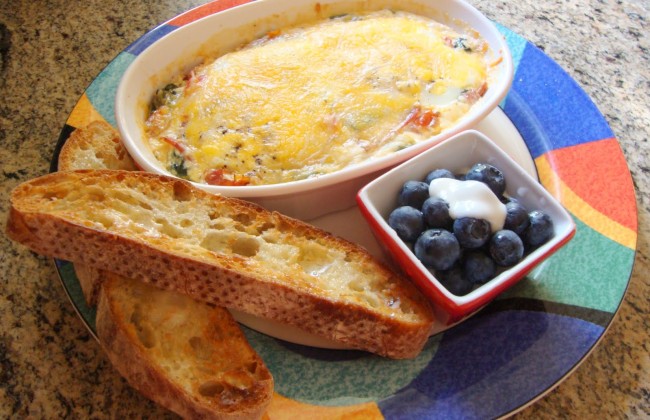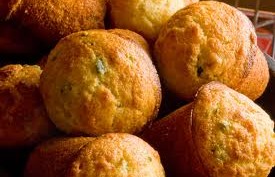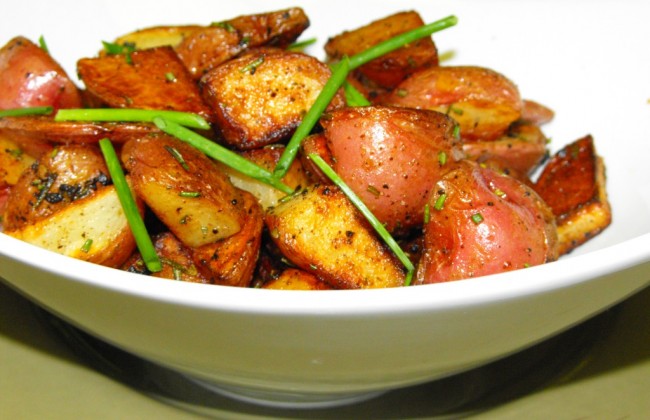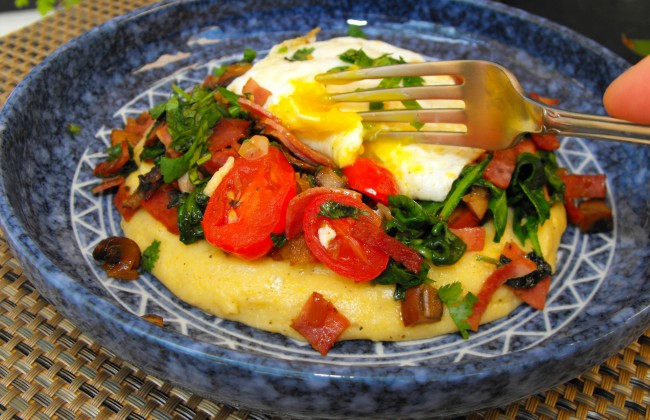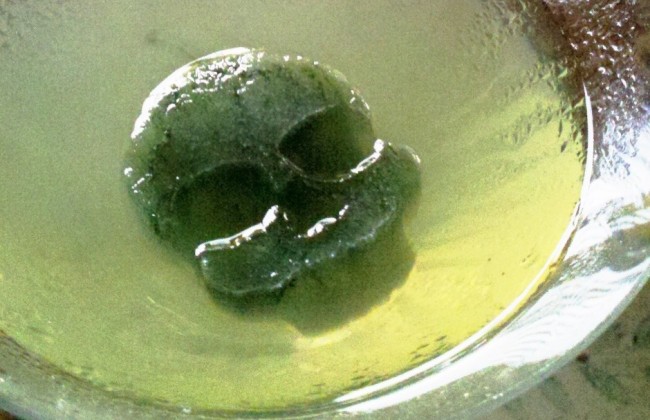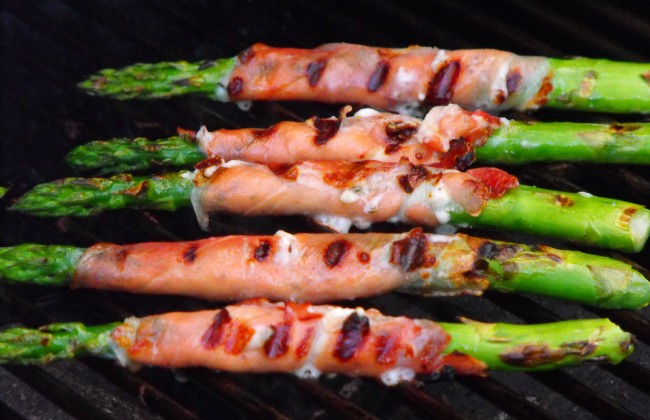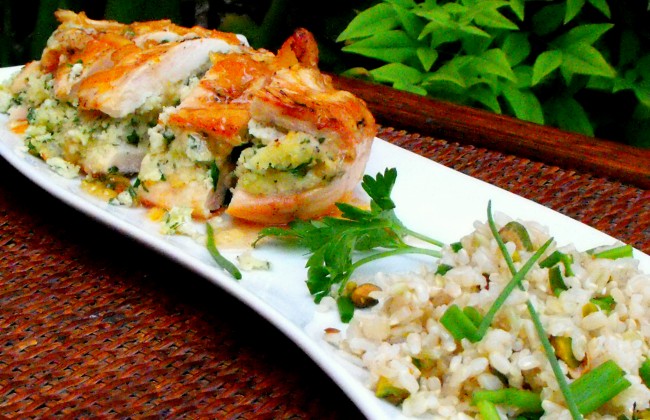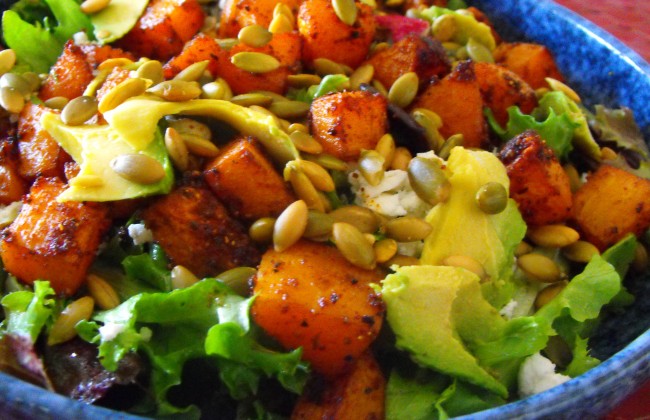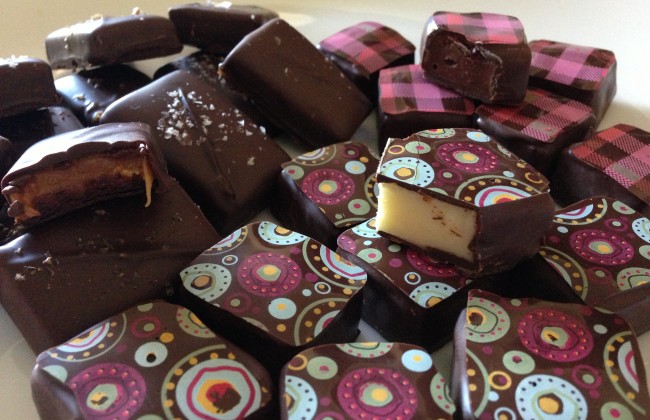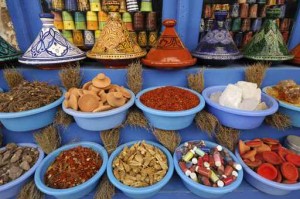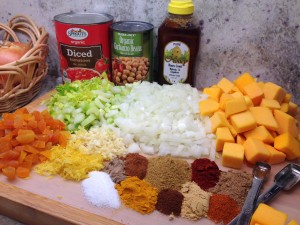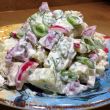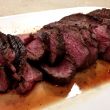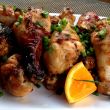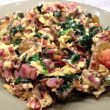Africa is the world’s second-largest and second-most-populous continent. There are 47 countries, 53 if you count the islands off the coast of Africa and is home to hundreds of different cultural and ethnic groups. On our International Cooking Tour we will divide Africa into 5 regions, Northern, West, East, Central and Southern and explore all this radically diverse continent has to offer. Some of the countries are familiar to us because of their colorful and fascinating history and food. Other countries come to mind because of the struggles of it’s people and the stories we catch in the news. Jump on board and let’s savor the aromatic and subtly spicy food of Africa!
Until about 1000 years ago, Africa was a land of many different tribes with only a few kingdoms. Over the next 900 years it was slowly penetrated by other outside cultures principally the Arabs of the Middle East and seafaring nations of Northwest Europe. In 1957, Ghana was the first sub-Saharan country to gain independence. The majority of the people of Africa lead a rural life. The continent is urbanizing at a fast pace with over a third of the population now living in cities. There is extreme poverty and vast wealth. Much of the economy is based on agriculture in most African countries with 66% of the available workforce involved in farming. Yet only 6% of the land is usable for farming, 25% is covered in forests and 25% is used for pastures. Most of the back country communities practice subsistence farming, growing just enough to feed their village. Just a few interesting tidbits on Africa as a whole.
Western Africa includes Mali, Burkina Faso, Niger, the Ivory Coast, Guinea, Senegal, Mauritania, Benin, Togo, Cameroon, Guinea-Bissau, Sao Tome and Principe, Cape Verde, Equatorial Guinea, Western Sahara, Liberia, Sierra Leone, Gambia, Ghana and Nigeria. It is the first place Europeans explored and introduced several foods that are a staple today, such as Cassava and Corn. There is an abundance of dates, bananas, melons, figs, plantains in the tropical areas. Although most dishes are high in vegetables and fruits some meat sources are cattle, sheep, chickens and goat which are used sparingly. In the Sahara area, peanut butter is the main ingredient in stews. The Ivory Coast is the word’s largest producer of Cocoa and is the third largest producer of coffee in the world.
Eastern Africa includes Ethiopia, Eritrea, Somalia, Djibouti, Rwanda, Burundi, Uganda, Kenya, Mozambique, Angola and Tanzania. The Great Riff Valley dominates East Africa and includes Lake Victoria, the Mountains of Kilimanjaro and Mount Kenya. The cuisine of modern day Somalia and Ethiopia is characterized by very spicy food prepared with chiles and garlic. Berbere is the name of the special spicy paste that Ethiopians use to preserve and flavor their food. And it is really good! In East Africa, cattle, sheep and goats are regarded as more of a form of currency and status so are rarely eaten. The cattle herding people of Kenya grow corn, beans and potatoes and greens which they mash together to make Irio. It kind of reminds me of my brothers dinner plate when we were growing up. He’d mash his vegetables together with his mashed potatoes. Who knew back then it was a recipe in Africa!

Central Africa includes the Democratic Republic of the Congo (formerly Zaire), the Congo, Gabon, Central African Republic, Zambia, and Malawi. The cooking in Central Africa is distinguished by the use of edible greens in most dishes. Simple daily stews made mostly of greens, a little onion, hot pepper and little meat or fish. The main method of coking is steaming or grilling food rapped in packets fashioned from the leaves of banana trees or other plants.
Southern Africa includes the countries of South Africa, Namibia, Lesotho, Swaziland, Botswana as well as the islands of Madagascar, Mauritius, Seychelles and Comoros. South Africa is rich in diamonds and the world’s largest supplier of platinum. Europeans first came to South Africa in 1488 when the Dutch East India Company established a food supply stop for the company ships as they made their way around the Cape of Good Hope. Boerwors is a homemade farmer’s sausage which evolved from German influence and the Portuguese added traditional fish dishes to the cuisine. Cape Malay cuisine is one of the most flavorful in the country, characterized by a mix of Asian, Indian and European dishes peppered with curry, cumin, ginger and other exotic spices. Some of the countries favorite dishes include Bobotie (a curried one pot meal of minced meat coke with brown sugar, apricots, raisins and milk soaked bread) Bredies (a meat and vegetable casserole, much like Shepard’s Pie) and Biltong (similar to meat jerky, made from any kind of meat even Ostrich, Antelope or Crocodile)

We end our trek in Northern Africa which includes Algeria, Morocco, Tunisia, Libya, Egypt and the Sudan and are largely Muslim with diets that reflect their Islamic traditions. The main crops of Egypt are Barley and Emmer (a type of wheat) along with pistachios, pine nuts, almonds, apples, apricots and figs are grown in this fertile region. Each region has its own signature seasoning with Morocco’s Ras El Hanout having from 25-40 different ingredients in the mixture! Morocco’s most traditional dish is Tagine named for the covered conical clay earthen dish it is cooked in and usually contains prunes or apricots, almonds, onions and cinnamon and then takes on the creativity of each cook. The National dish of Algeria and Tunisia is Cous Cous, which is steamed semolina wheat served with lamb or chicken, cooked vegetables and gravy. Tunisia is well known for Harissa, a deep red, very hot condiment served even with breakfast. It will blow the hair off the head of most diners, it is that hot! A little bit goes a long way!
After all this travel, a person works up quite an appetite! We’re going to dive into a North African favorite, Tagine and Couscous! This is African comfort food!
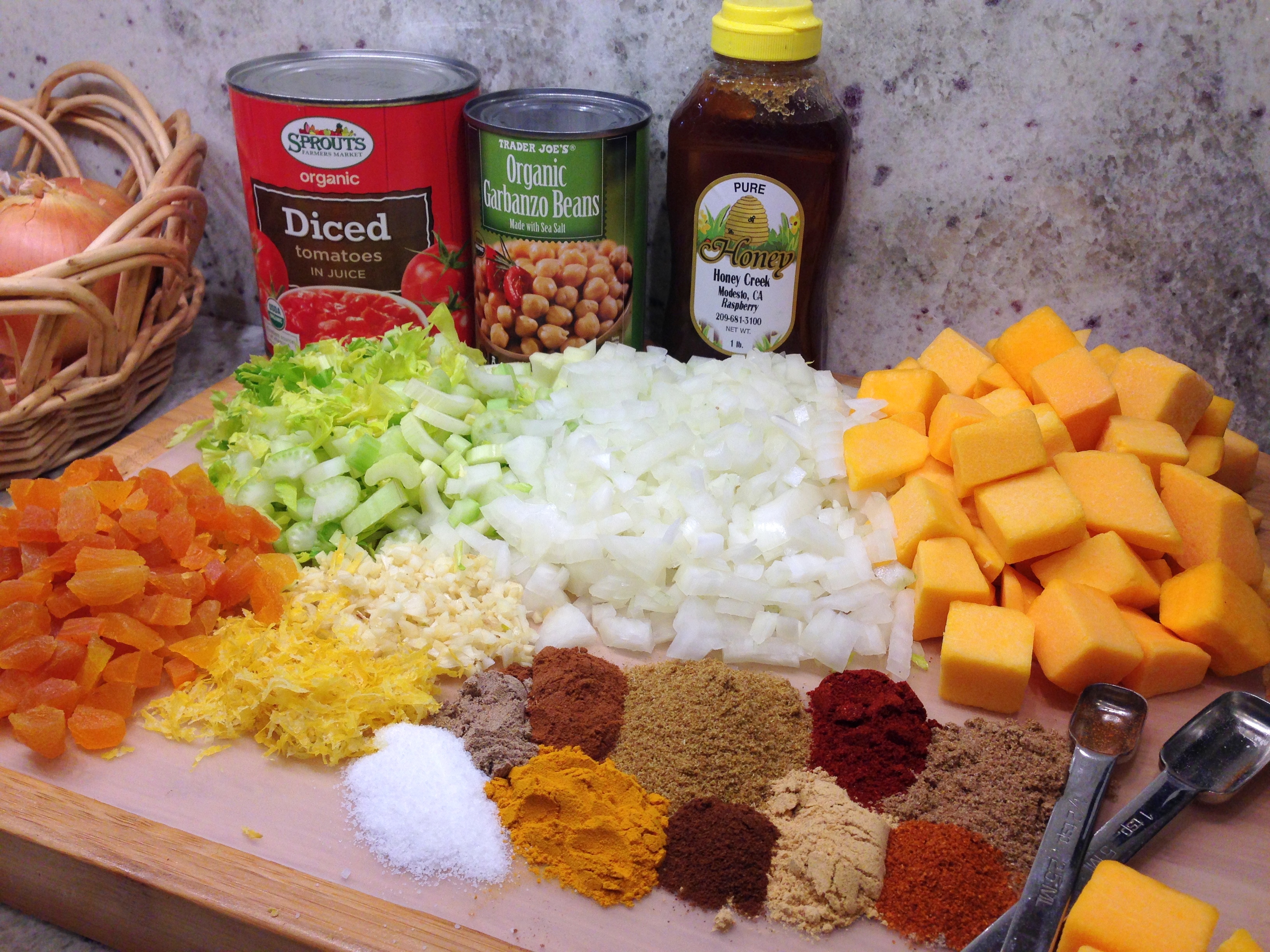
You can see the layers of flavor and why African cuisine, especially Northern and Southern, is so popular with many people. It is exotic!

In a skillet, heat 2 tablespoons of oil on medium high heat. Add the chicken strips and allow the chicken to brown on each side. The chicken will not be cooked through but it will continue to cook in the crock pot. Once the chicken is browned on both sides, scoop it out of the skillet and into the crock pot.
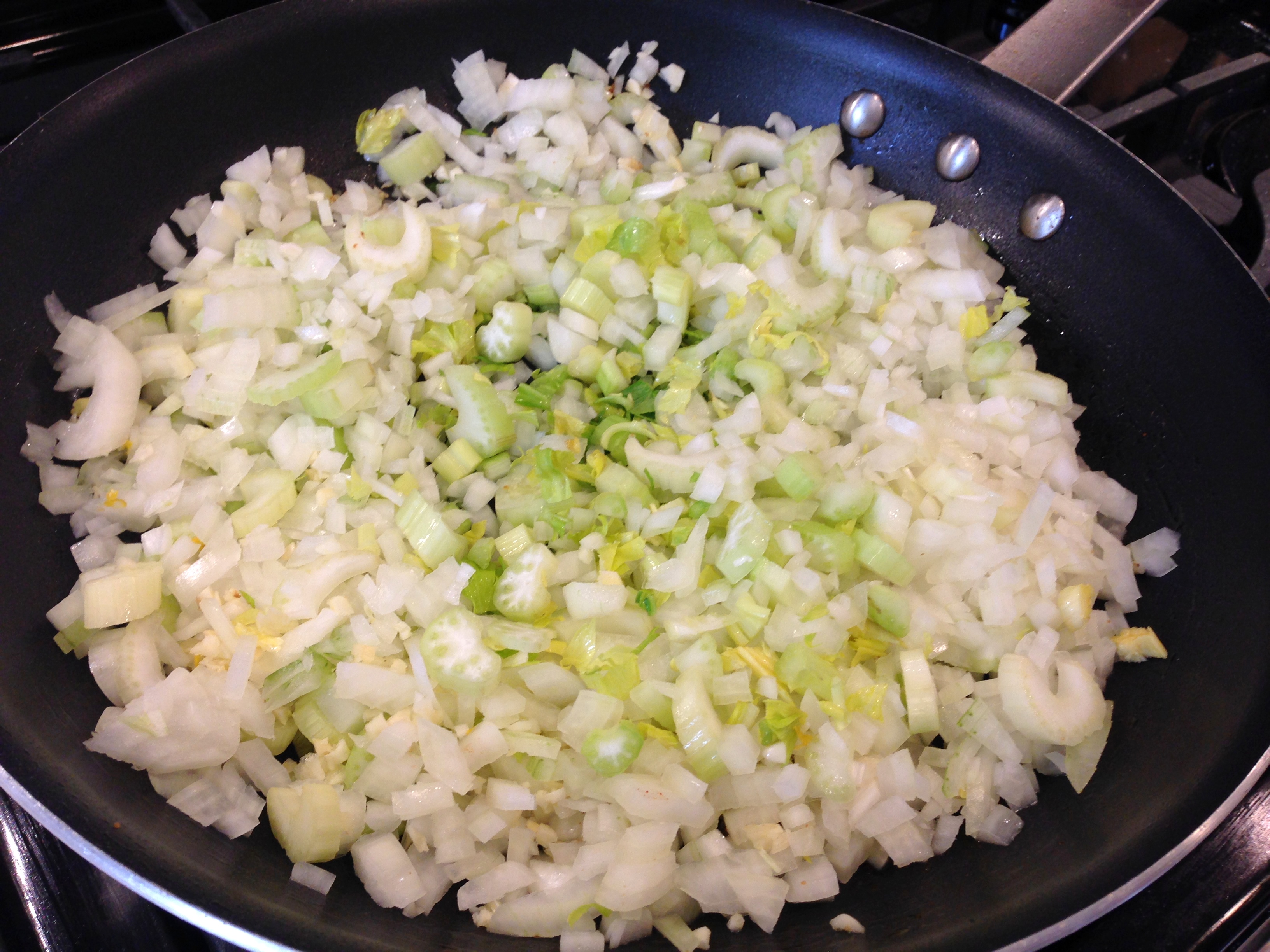
Add the onion, garlic and celery, with the leaves to the skillet and scrape up all the browned bits. Every time I make a soup or stew, I use the celery leaves and the stalks. There is so much flavor in the leaves! Cook for about 5-7 minutes to brown the onions, garlic and celery. This adds a great depth of flavor to the tagine.
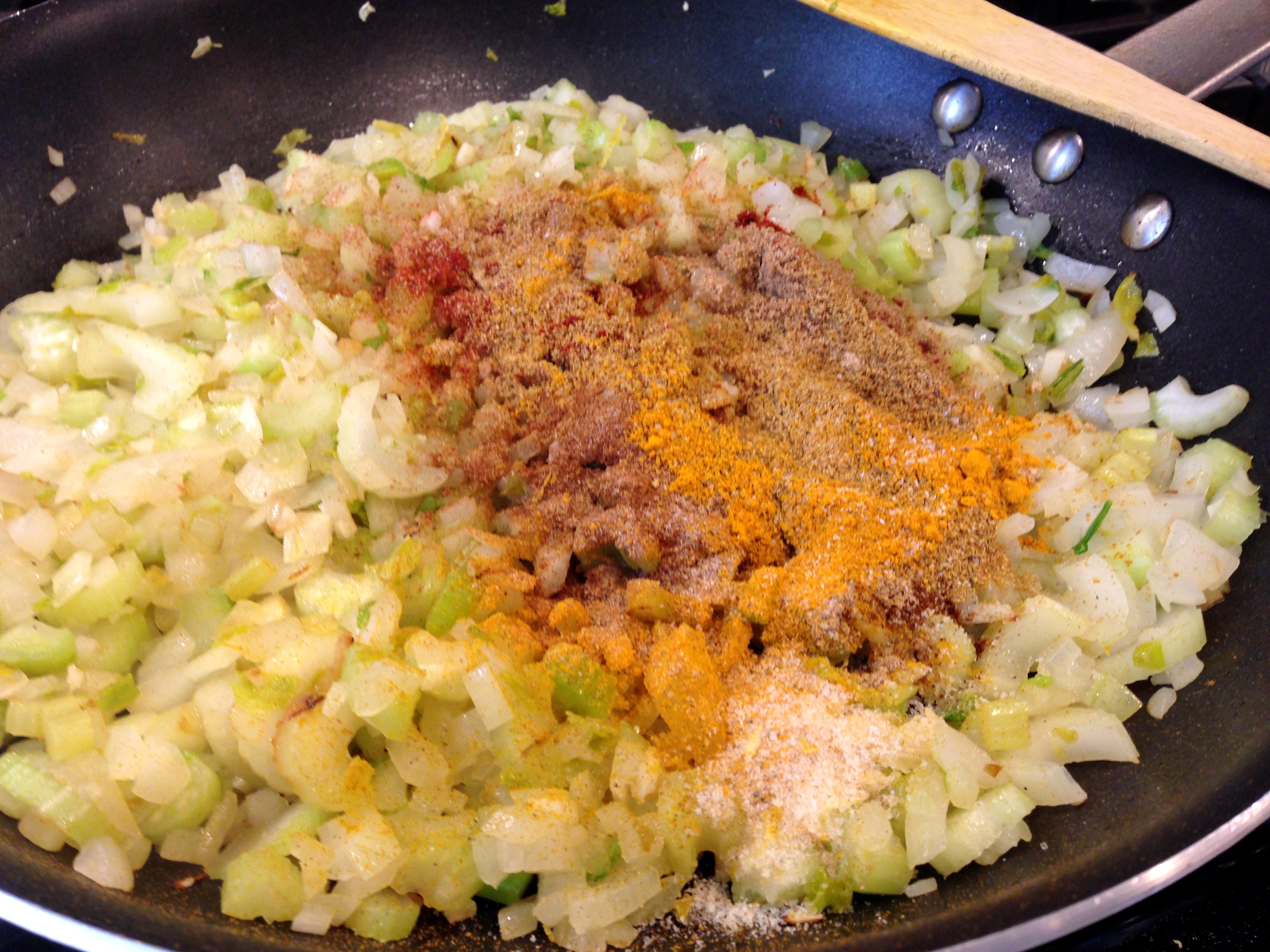
Add all the spices and sauté for 1 minute to release their flavor. Yes, we have just dumped the spices in the skillet but they know how individual they are and the part they play in building this unique flavor profile!

Add the tomatoes and stir to combine, incorporating all of the spices. The whole house starts to take on the Moroccan vibe as the spices fill the air.
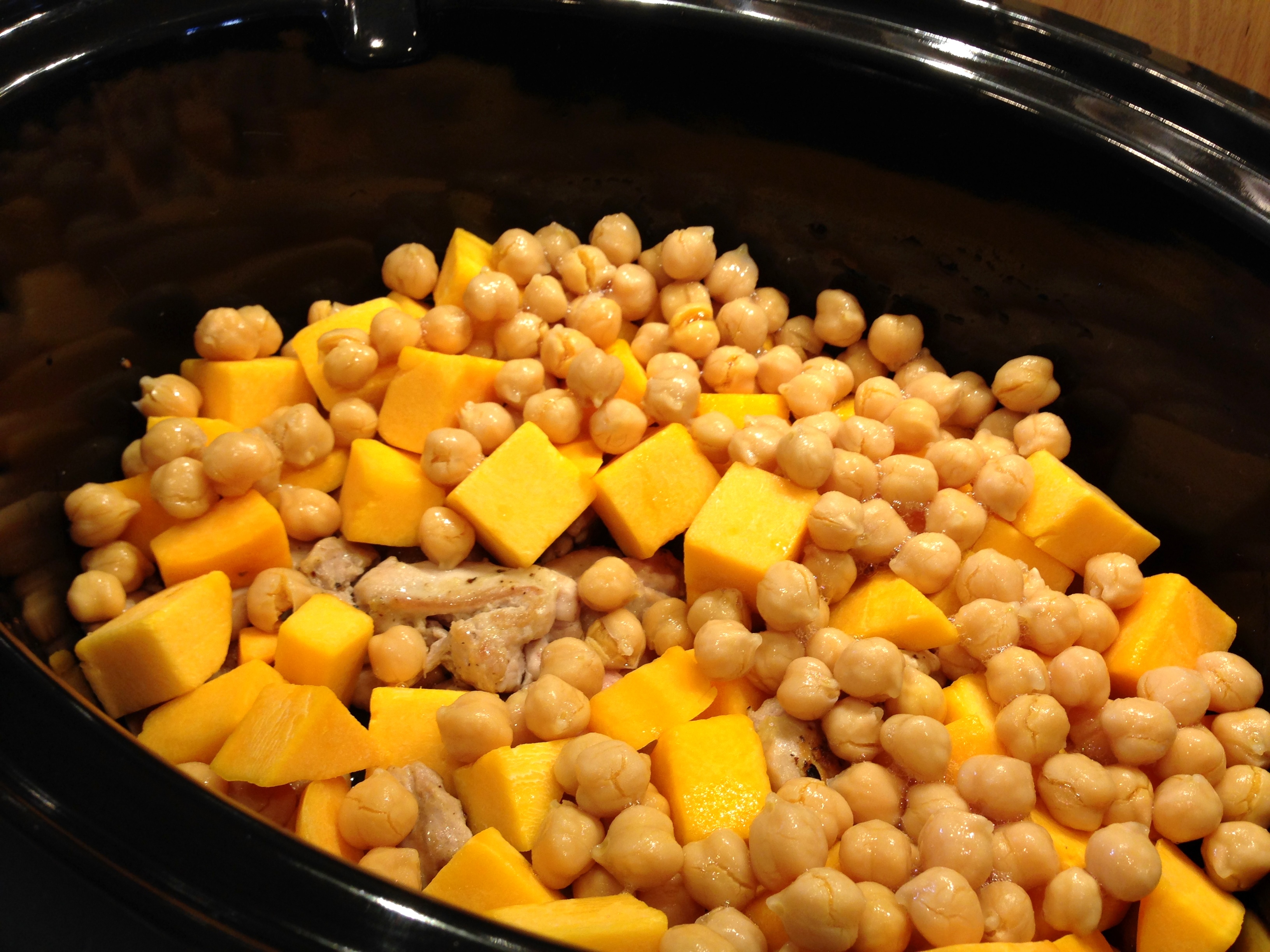
Put the cubed butternut squash on top of the chicken in the crock pot. Add the drained and rinsed chick peas next. Looks like fall to me!
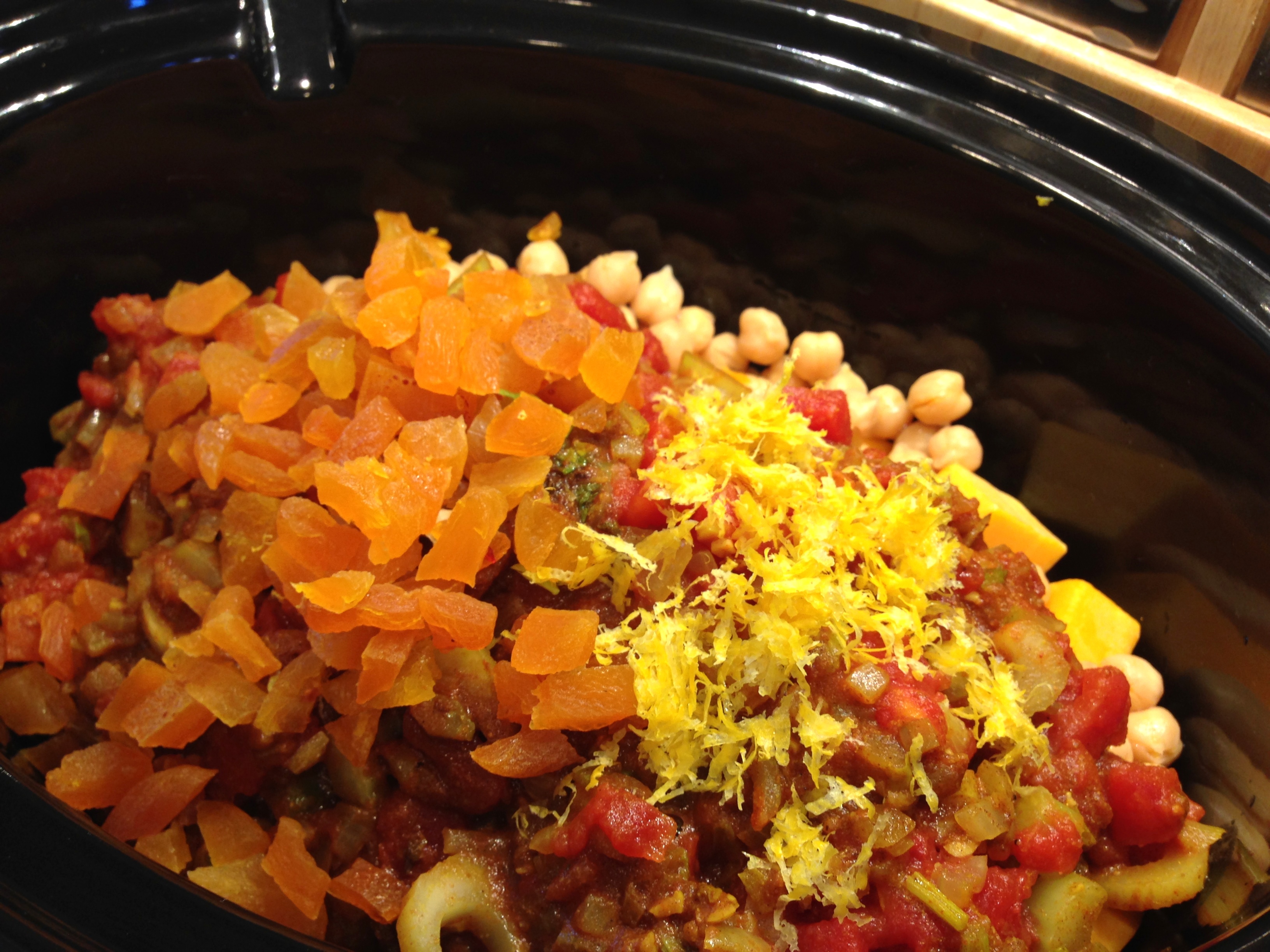
Scoop the tomato mixture into the crock pot and add the apricots,honey and lemon zest. Pour the chicken broth into the crock pot and stir to combine.
Set the crock pot to low and cook for 4-6 hours, depending on how fast your crock pot cooks. The chicken and vegetables should be tender when done.
Serve with Cranberry Pistachio Couscous.
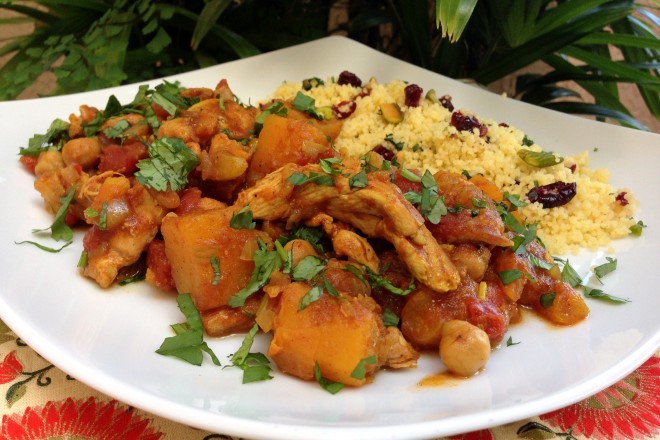

- 6 boneless, skinless chicken thighs, excess fat removed, cut into strips or 8 (5-ounce) bone-in, skinless chicken thighs
- 2 tablespoons oil
- 1 large onion, diced
- 5 garlic cloves, minced
- 4 celery stalks including leaves, sliced
- 1 small butternut squash, peeled and cubed (about 3 heaping cups)
- 1 (19 oz) can chick peas, drained and rinsed (garbanzo beans)
- 1 (28 oz) can diced tomatoes
- 1/2 teaspoon ground cardamom
- 1 teaspoon ground ginger
- 2 teaspoons cumin
- 2 teaspoons ground coriander
- 1 teaspoon cinnamon
- 1/2 teaspoon ground cloves
- 1/2 teaspoon cayenne pepper or dried chili flakes
- 1 teaspoon paprika
- 1 teaspoon turmeric
- 1 teaspoon salt
- 6 ounces dried apricots, chopped
- 1 teaspoon honey
- Zest of 1 lemon
- 1 - 1 1/2 cups chicken broth
- In a skillet, heat 2 tablespoons of oil on medium high heat. Add the chicken strips and allow the chicken to brown on each side. The chicken will not be cooked through but it will continue to cook in the crock pot. Once the chicken is browned on both sides, scoop it out of the skillet and into the crock pot.
- Add the onion, garlic and celery to the skillet and scrape up all the browned bits. Cook for about 5-7 minutes to brown the onions, garlic and celery. This adds a great depth of flavor to the tagine.
- Add all the spices and sauté for 1 minute to release their flavor.
- Add the tomatoes and stir to combine, incorporating all of the spices.
- Put the cubed butternut squash on top of the chicken in the crock pot. Add the drained and rinsed chick peas next.
- Scoop the tomato mixture into the crock pot and add the apricots, honey and lemon zest. Pour chicken broth into the crock pot and stir to combine.
- Set the crock pot to low and cook for 4-6 hours. The chicken and vegetables should be tender when done.
- Serve with Cranberry Pistachio Couscous.

